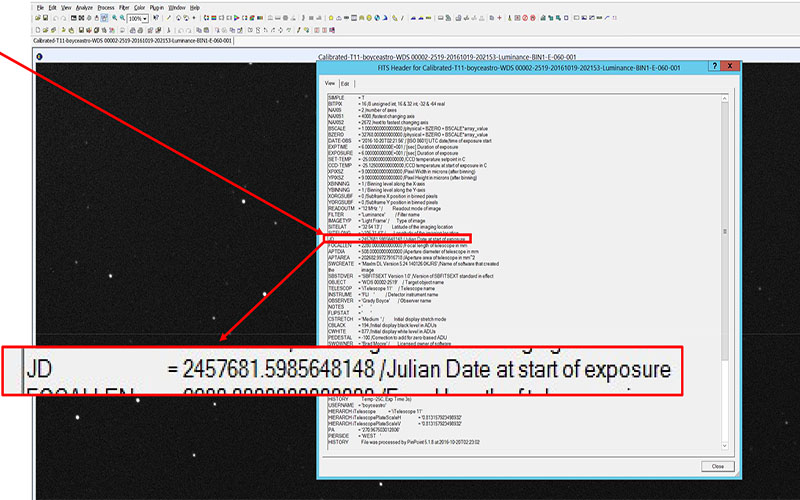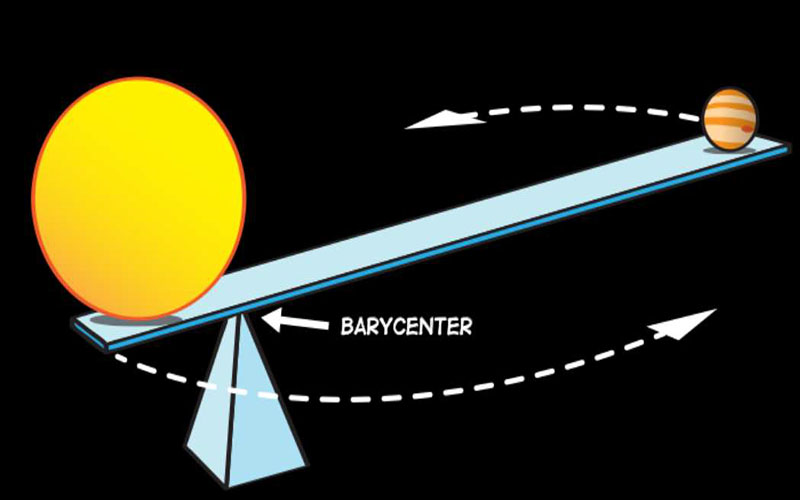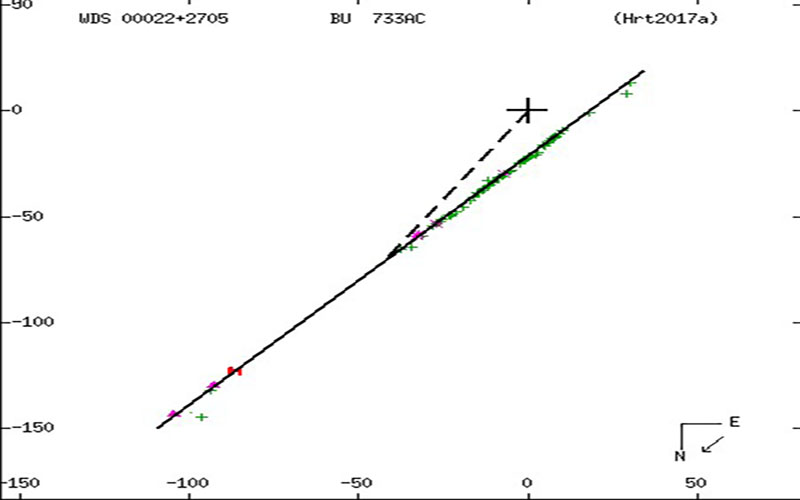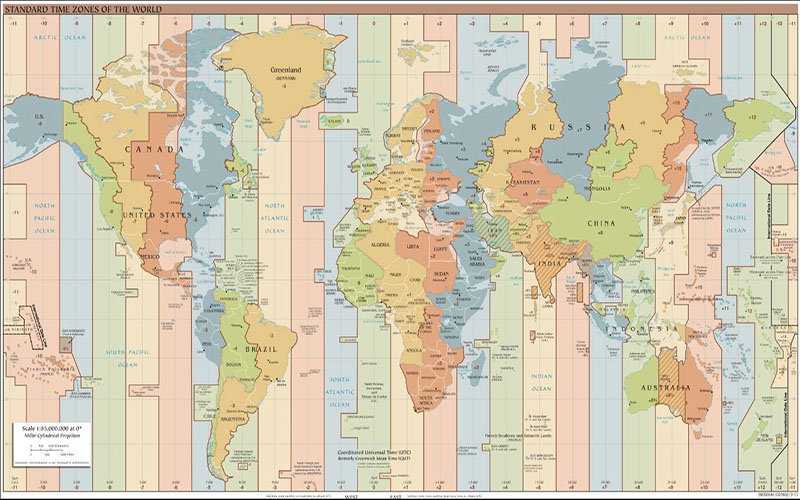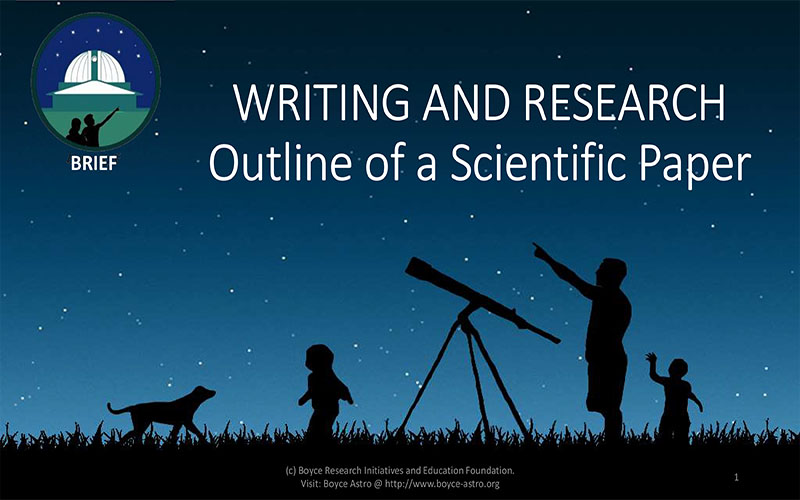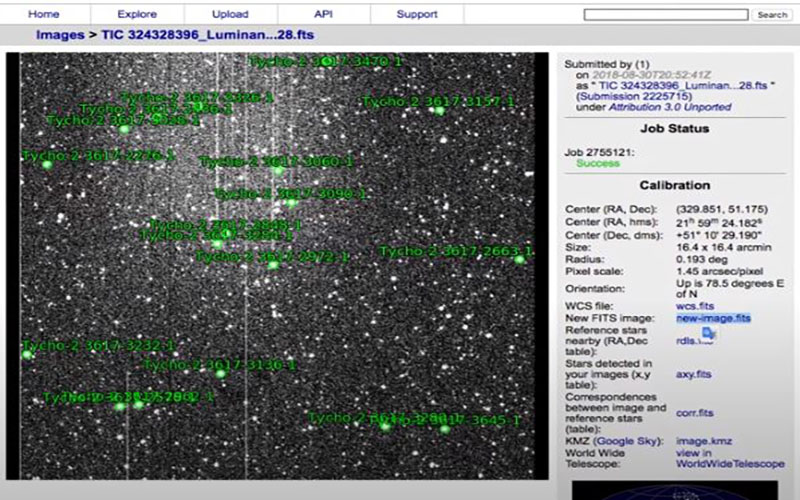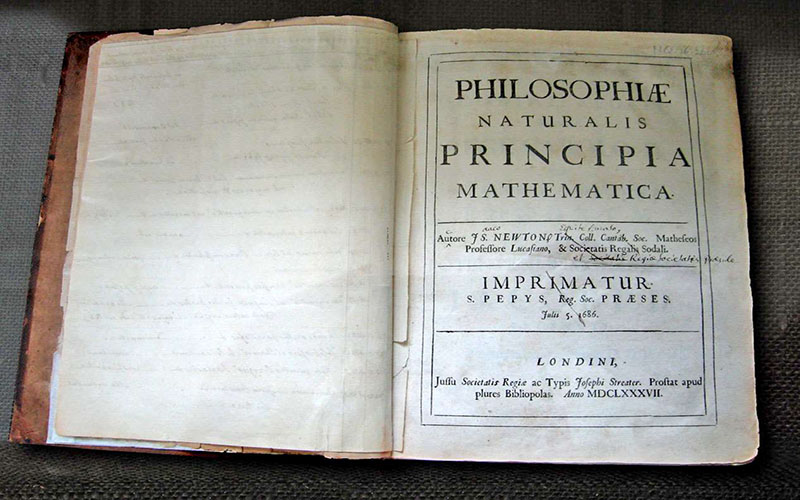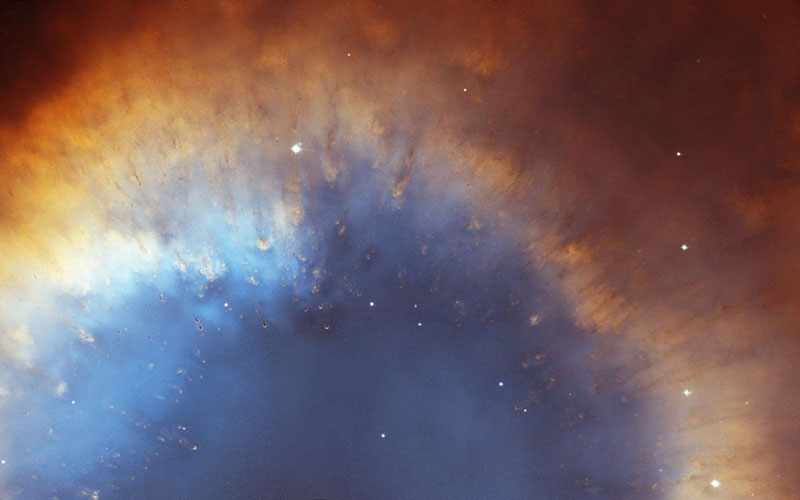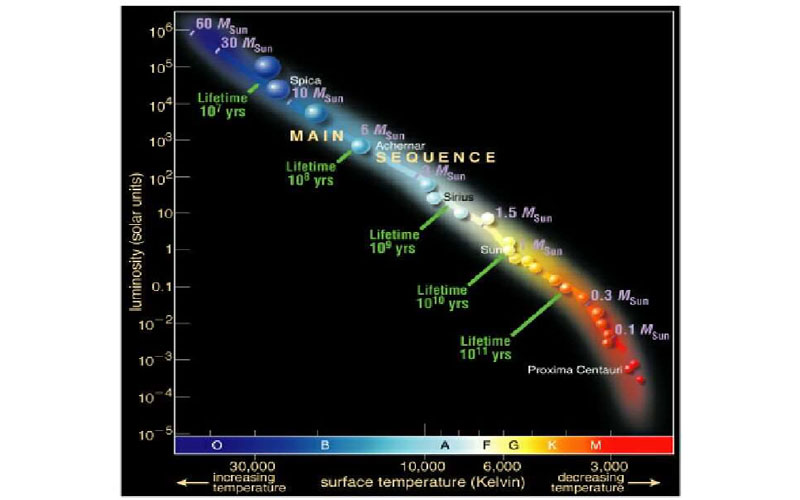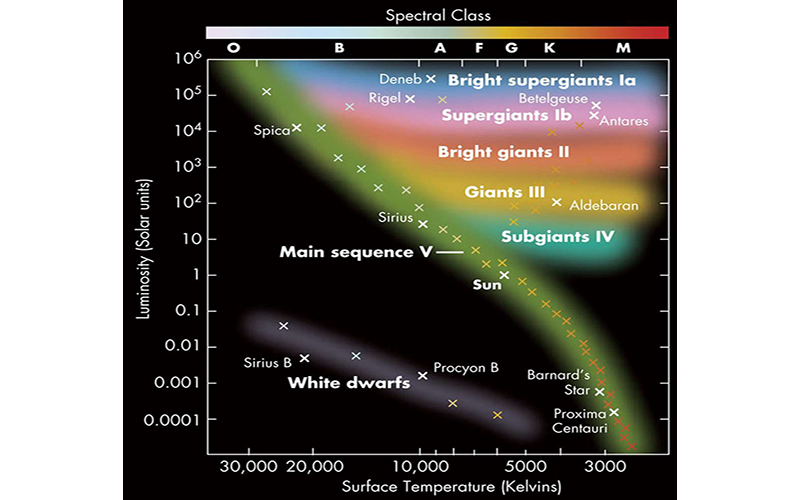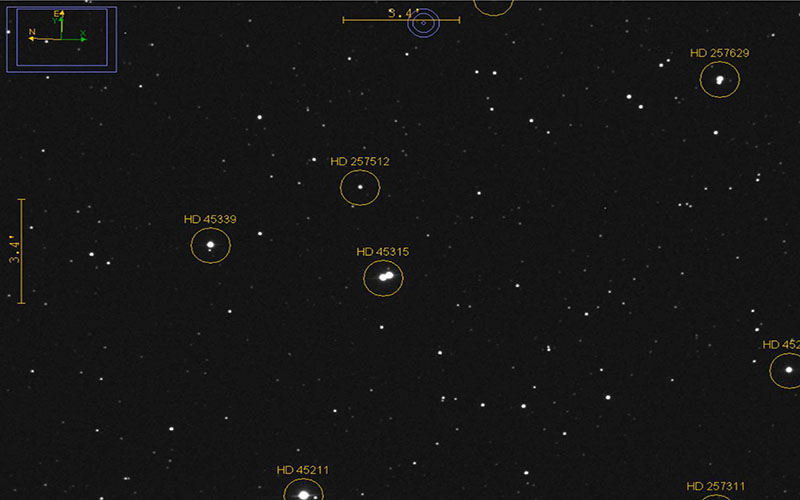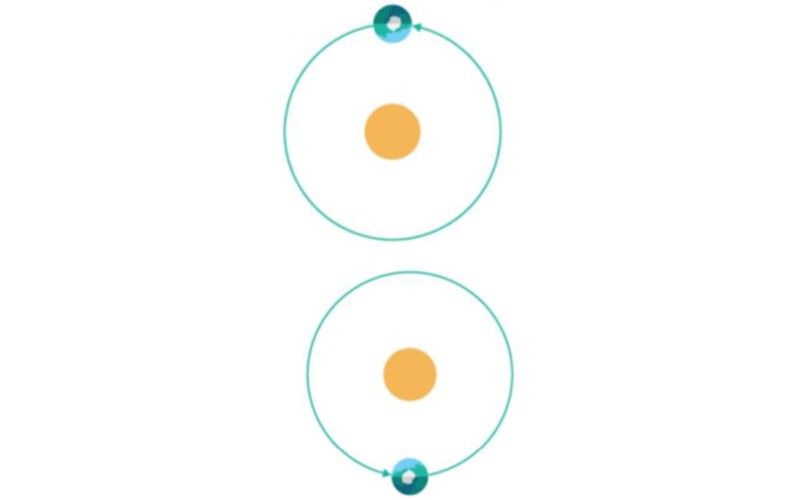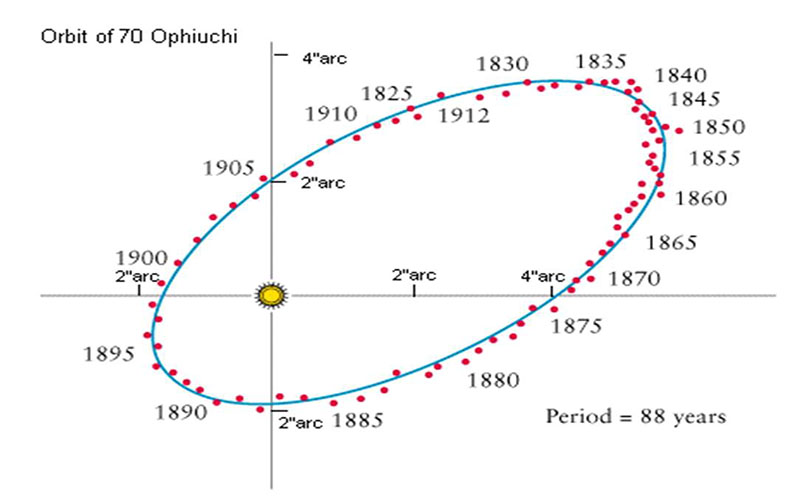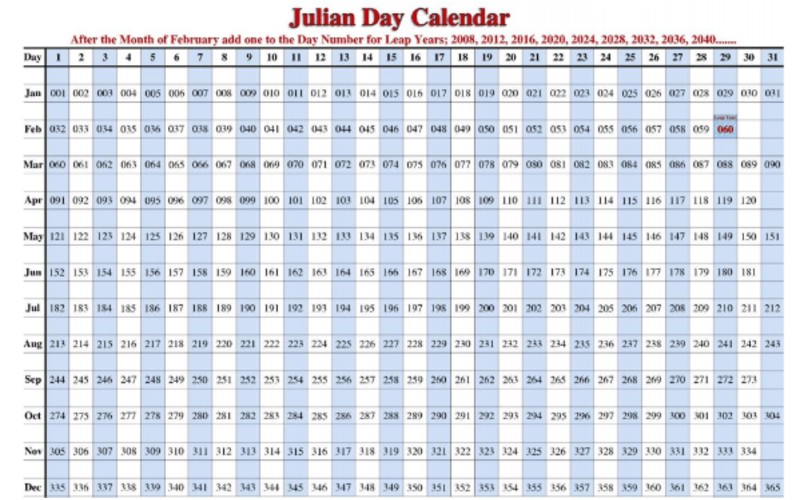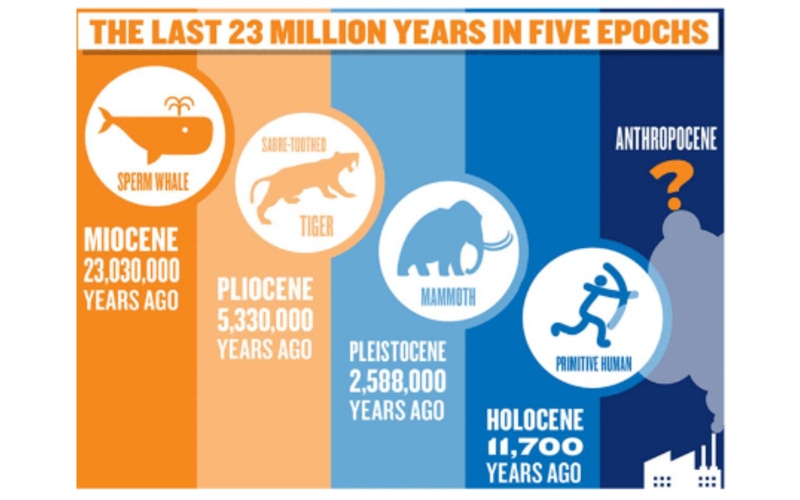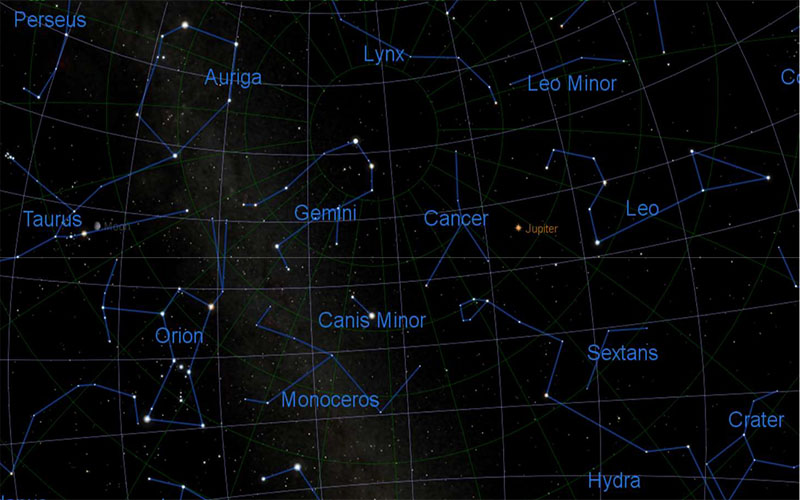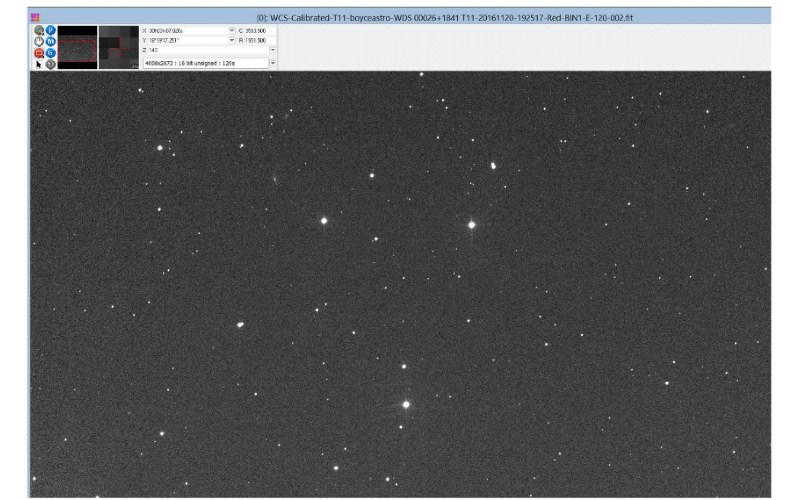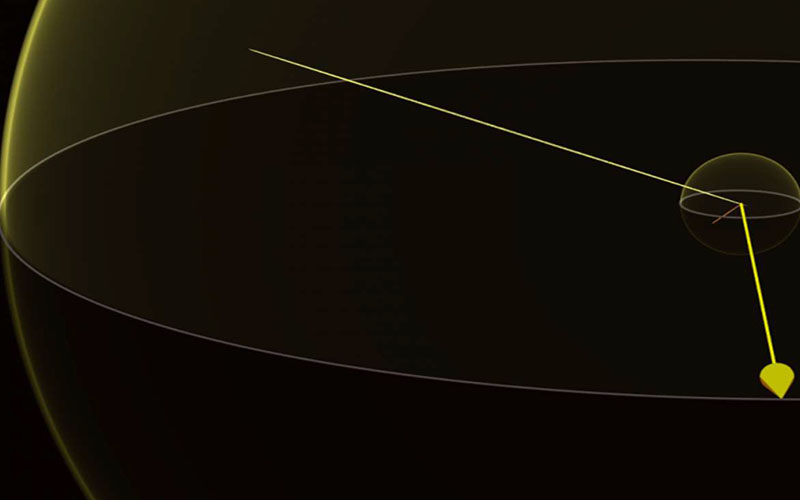Videos
Video Categories
The Weird and Wonderful World of Exoplanet Data
Hi all! I’m Skylar Larsen, and I am working on my PhD in Astronomy at Cornell University after completing my B.S. in Earth, Atmospheric, and Planetary Sciences at MIT. My current specialty is characterizing exoplanets with TESS, the Transiting Exoplanet Survey...
Calculating Besselian Epoch
This lesson will show how to convert image dates to Besselian, which is the recognized standard for Double Star research.
What is Time: BJD
Barycentric Julian Day (BJD) time is the universal day and time at the center of the solar system and is crucial to many astronomically-relevant processes as well as other time scales.
What is an Ephemeris
A highly useful concept for applications in both Double and Variable Stars, an Ephemeris is an estimation of where/when a particular astronomical event will occur at a particular time in the future.
What is Time from an Astronomical Perspective
This video outlines some of the most commonly encountered time scales of the many used in Astronomy.
How to Give Good Talks Part II
This lesson covers the second phase of giving an excellent presentation: production. From constructing effective visuals to avoiding mathematics, this will cover all the ways a presentation can be enhanced by the slides behind it.
Outline of a Scientific Paper
This lesson provides a high level outline of what a scientific paper will look like and the highly specific format, content and conventions they are written with.
Locating Your Star in an Image Using Astrometry.net and DS9
This lesson shows how to identify a target star in a specific image using the WCS coordinates provided by either Astrometry.net or SAOImageDS9.
Newton’s Laws
Serving as the foundation for classical mechanics, Newton's laws of motion help mathematically describe countless processes that are crucial to astrometric projects.
Stellar Death Low Mass Stars
The evolutionary path of a star heavily depends on its mass; this video describes the unique death of stellar objects with lower mass.
The Main Sequence
The main sequence is defined by the HR diagram movement of a star fusing hydrogen into helium within its core, and understanding the relationship between the luminosity, temperature, radius and mass of stars on the main sequence allows us to derive useful information from a star's location on it.
Variable Stars and the HR Diagram
This lessons combines knowledge of the HR Diagram with previous concepts concerning the different classes of variable stars.
Using AIJ for Double Stars
AstroImageJ (AIJ) is the industry standard for measuring exoplanet transits as well as accurately measuring double stars, and has quickly become a core component of the astronomical sciences. This video is a guide and reference for anyone using AIJ for double stars measurements.
What is Time: HJD
Heliocentric Julian Date (HJD) is the Julian Date corrected for the differences in the Earth’s position relative to the center of the Sun.
Double Stars Overview
By determining the gravitational or mutual orbit of two stars using astrometry, it is possible to derive stellar mass and consequently contribute to and refine contemporary astrophysical theories and knowledge.
What is Time: JD
Julian Dates (JD) are a continuous count of days, and fractions of days, since noon Universal Time on January 1, 4713 BC (on the Julian calendar)
What is an Epoch
An epoch is a particular time period, point in history, or a moment defined by a particular event, and is a moment of time used as a reference point for a time-varying astronomical quantity.
Constellations
The result of countless different cultures naming the same stars, inconsistent star names have necessitated the need for a dependable and systematic method of stellar nomenclature based on the brightness of stars within any given constellation.
Locating your star in an image – Variable Stars and Exoplanets
This tutorial covers how to identify your target stars and the cardinal points, so you can place North and East in your images using MiraPro.
Parsecs and Light Years
Parsecs and light years are common measurements of distance to celestial objects, and the former is especially significant for its importance to scientific writing and its relationship with parallax.

